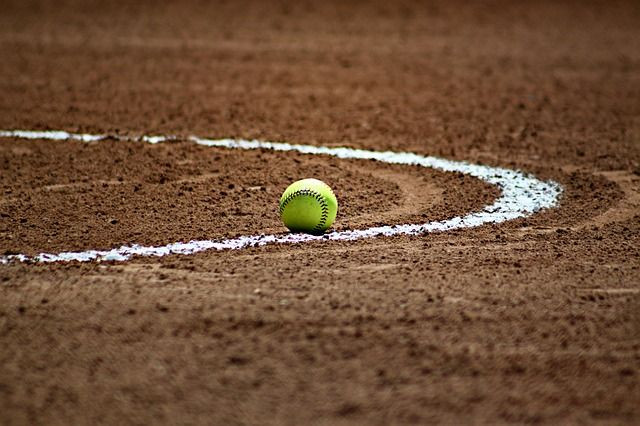Brain Scans Reveal Structural Differences In Athletes With And Without History Of Concussion

A new study published in the Journal of Neurotrauma adds more support to the idea that traumatic brain injuries, or concussions, can have far-reaching physical repercussions for their unfortunate sufferers.
Canadian researchers from St. Michael’s Hospital in Ontario, TN, recruited 43 male and female athletes from numerous contact and noncontact sports to undergo advanced magnetic resonance imaging (MRI) scanning of their brains. About half of the athletes had suffered concussions previously. Though there was variety between individual athletes, the researchers found broad differences in brain structure and cerebral blood flow between the two groups, even among athletes who had seemingly recovered from their concussions years earlier.
The frontal lobes of concussed athletes generally had less brain volume and reduced blood flow. But they also had increases of gray matter in other areas of the brain like the hippocampus and cuneus, and distinct differences in how their white matter was structured. Those with more concussions were in turn more likely to have reductions in frontal lobe brain volume and blood flow.
"Sport concussion is still considered to be a short-term injury, but this study provides further evidence of brain changes that may lead to long-term health consequences, including the risk of re-injury, depression and cognitive impairments," said lead author Nathan Churchill, a post-doctoral fellow in the Neuroscience Research Program of St Michael’s Hospital, in a statement. "We expect to see changes in the brain right after an acute injury, but in this study we saw physical differences in brains of athletes that were scanned months to years after their last concussion."
The variety of changes Churchill’s team found indicated that concussions do more than injure our brains, they reshape them. While decreased brain volume and blood flow are likely the direct result of injury, the increase of grey matter elsewhere and the rewiring of white matter might instead be the brain’s way of recovery, similar to what happens after we suffer a stroke. Regardless, these changes combined do appear to contribute to long-lasting physical symptoms of concussion such as reduced attention and memory, poor sleep, and changes in mood.
As one example, the authors found evidence that repeated concussions were especially linked to decreased volume in the insula, a region located deep inside our brain which plays an important role in regulating emotion. That change could at least partially explain the known increased risk of mood disorders among concussed athletes — a phenomenon that some have speculated may have contributed to recent suicides among professional athletes like NFL player Junior Seau and BMX star Dave Mirra.
Similarly, the hippocampus is also linked to emotion and memory, while the cuneus plays a role in visual attention. The bundled nerve fibers that make up white matter, a side from helping the rest of the brain communicate with one another, also play a direct role in helping us move and learn.
At this point, though, it’s too early to conclude the general differences in brain structure and brain flow found by Churchill and his colleagues are definitively tied to concussions, especially since they only scanned people at a single point in time. A much more reliable way of understanding how concussions exactly change the brain would be to scan people before and after they get injured — research the authors advocate should be pursued in the near future. Similarly, research on the long-term effects of concussion and why and how they impact people differently is still in its infancy, particularly among professional athletes, so there’s a lot we don’t understand about them just yet.
For these reasons and more, the authors are cautiously optimistic about the importance of their early findings. And they’re guarded about them being used to shoo people away from playing sports.
"We want to emphasize that, in general, the health benefits of sport participation still outweigh the risk of concussion," said senior author Dr. Tom Schweizer, head of the Neuroscience Research Program at St. Michael’s. "Our findings can help to guide concussion management, and to minimize any future risk to athletes. The more we know about concussion, the better we can reduce these risks."
One lesson in particular concerns who’s at risk. Though concussions are more likely in contact sports, the authors specifically sought out both female and noncontact athletes for their study to better represent the general athlete population. Their findings suggest that no matter what the gender or sport, getting a concussion can potentially be a brain-altering experience.
Source: Churchill N, Hutchison M, Richards D, et al. Brain Structure and Function Associated with a History of Sport Concussion: A Multi-Modal Magnetic Resonance Imaging Study. Journal of Neurotrauma. 2016.
Published by Medicaldaily.com



























